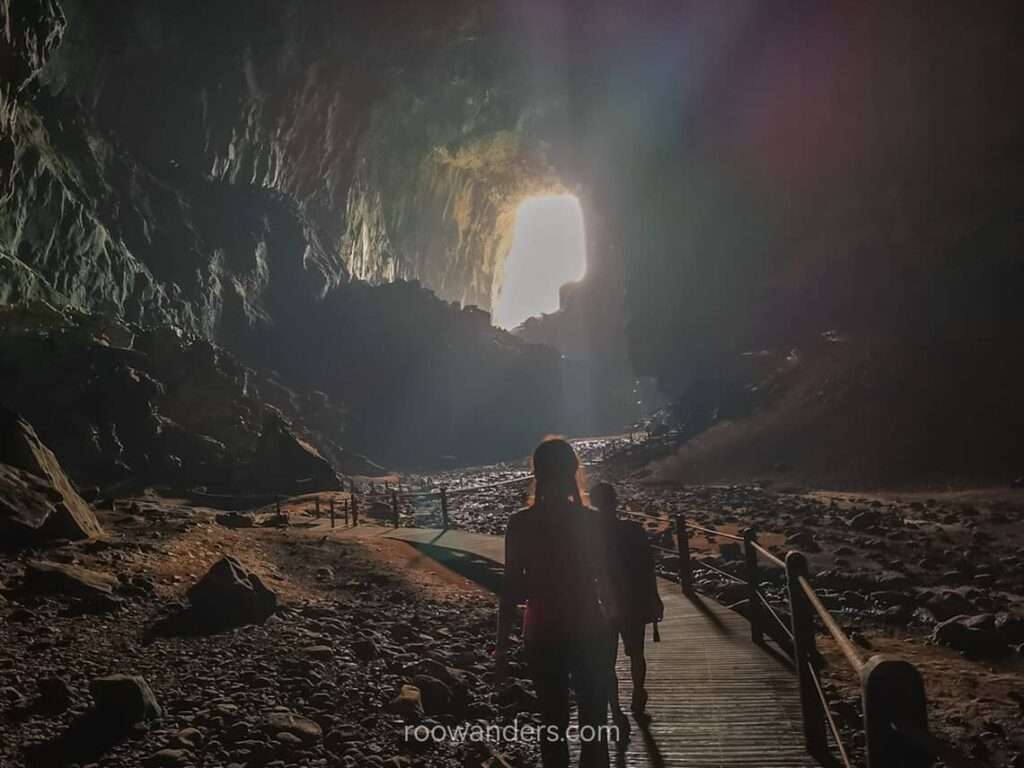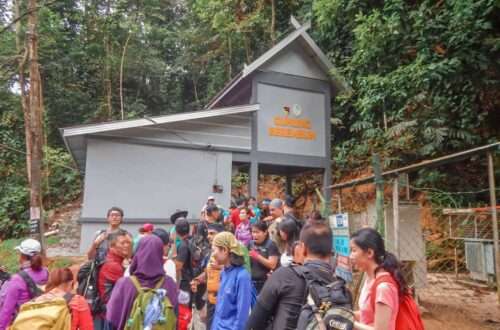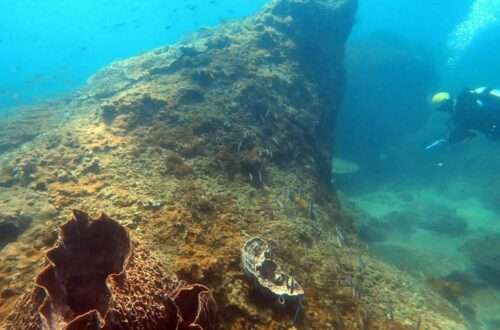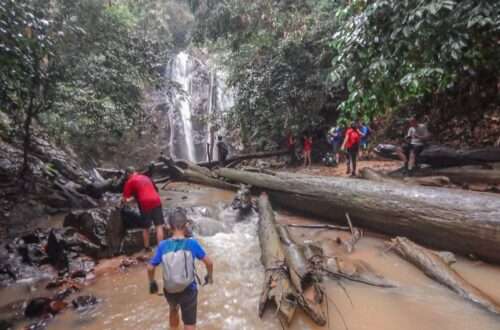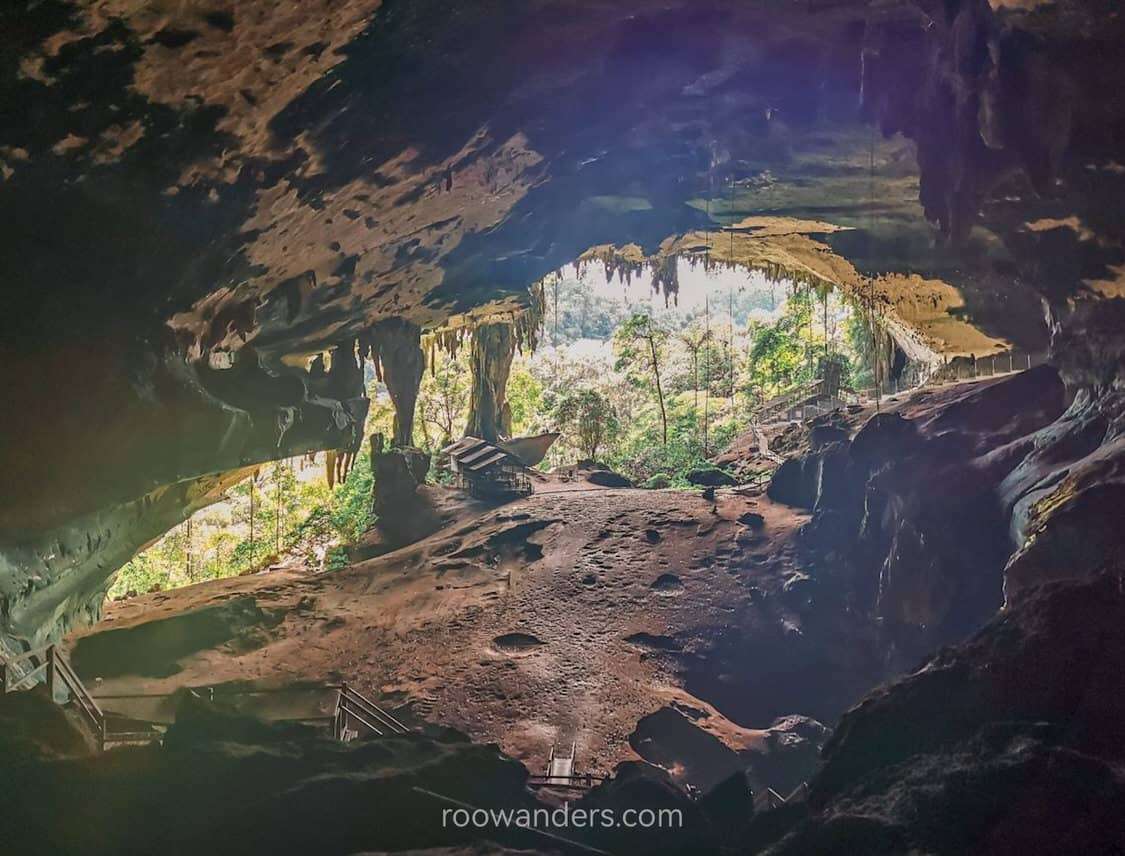
Exploring Gua Niah: The Impressive Cave of Miri
Gua Niah, or Niah Cave, is a rather secluded cave accessible from Miri, Sarawak, on the Malaysian side of Borneo island.
A perfect climate for rich biodiversity, Borneo, the third largest island in the world is home to three countries – Malaysia, Brunei and Indonesia.
My travel buddy and I decided to visit the Malaysian side of Borneo on a whim at the beginning of July, and the trip materialised less than a fortnight later. On our list were diving in Miri, visiting the Mulu National Park, and enjoying ourselves in this laidback East Malaysian state of Miri.
As we whirled our time away in this small city, which houses Malaysia’s first petroleum well, we decided to take a day trip and visit a UNESCO-worthy site located about a 2-hours drive from the city. I am always on the lookout for UNESCO-able sites, like what I did in Cambodia, because these sites are usually ✨exceptional✨.
Here is my overview of our trip to Gua Niah or the impressive Niah Caves of Borneo.
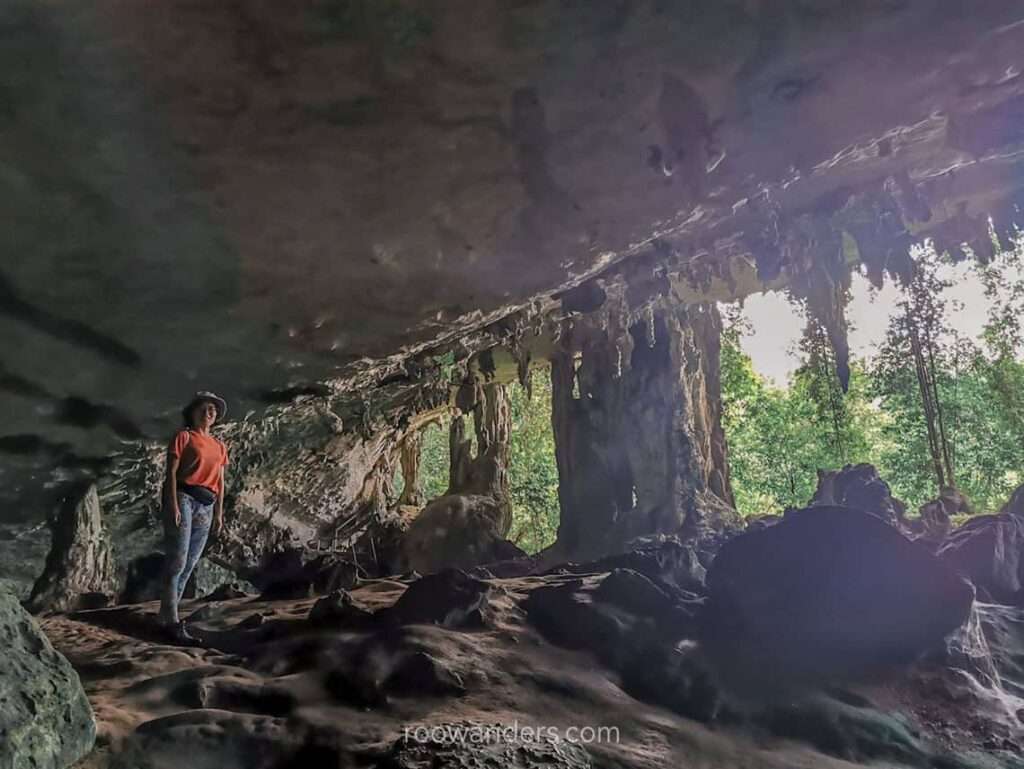
I visited Gua Niah in Jul 2022. This post contains affiliate links that cost nothing to you but support my blog! It may also be updated periodically. As an Amazon Associate, I earn from qualifying purchases. Cheers!
Brief Background of Gua Niah
Gua Niah (Gua means cave), located in the Niah National Park, is an archaeological and natural wonder.
It was nominated in 2021 as a UNESCO World Heritage Site for its evidence of continuous human occupation and early human fossils.
While we did not encounter any burial sites or ancient human remains like that of the Lumiang Cave in the Philippines, the sheer size of the caves – until I visited Deer Cave and Hang Son Doong – was impressive.What made the whole experience even better was the lack of visitors. We were the last to enter and shared the massive site with just a dozen others. More on this later.
Getting To Gua Niah
Gua Niah is about 83 km southwest of Miri. If you’re not in Miri yet, find a bus or flight to get you there.
There are three ways to get there: public buses, rent a car or secure a tour.
Public Bus
Going to Niah Cave via public bus is the cheapest method.
Several sources suggest taking the bus 33A from the City Centre to Pujut Corner Bus Terminal, then switching to the intercity bus towards Bintulu. Halfway through the journey, alight at Niah Rest Stop and grab a taxi to reach the Niah National Park Office.
Bus fare costs RM15, while the taxi may cost about RM30.
I have not taken this route, seen any public buses in Miri, or encountered any blog posts sharing this endeavour. But if you do, please message me!
Car Rental
Car rental is affordable in Miri. It costs us RM100 to rent the lower end of their national sedan – Proton – for a day. A full tank costs around RM100.
Driving in Miri was relatively much more comfortable and relaxed than in Kuala Lumpur or other West Malaysian states – according to my travel buddy, who has lived in KL and JB.
The fastest way from Miri city centre to Niah Cave was via the coastal highway Q642 to Niah town (around 77 km), followed by a short 5 km to the cave.
Make sure you set your Google destination as Niah Cave/ Gua Niah and not Niah National Park. The latter would lead you to the other side of the park, which was what happened to us.
We travelled to Batu town, crossed narrow unpaved and pothole-ridden roads through a village, and found ourselves facing a field overlooking the Niah mountain and the guard regrettably informing us of our error.
But that additional travel and detour time led us to some surprises in Gua Niah as we shall see later 🤩.
Private Tour
If driving is a chore, you could hire a driver. Our Grab driver from Miri International Airport to the city centre quoted RM450 for a day trip. Alternatively, there are tour agencies offering day tours for around RM260 per person, all-inclusive.
Ticket Prices and Opening Hours
If you have no evidence to prove you are a Malaysian, then be prepared to pay double or RM20 for the entrance fee.
Most national parks in Sarawak (including the Miri-Sibuti Marine National Park where we dived) charge RM20 for foreigners.
The Niah National Park opens from 8 am to 5 pm. The last boat across the river from the cave to the carpark departs at 5.30 pm.
Accommodation in Niah National Park
While we were there, I noticed a block of single-storey buildings behind the Niah National Park museum. Those interested in exploring the trails beyond the caves could stay in the lodges, a hostel or a campsite in the national park.
Our Trip
We rented a sedan and drove to the caves. But we had erroneously set the destination as Niah National Park and not Niah Caves, thinking these were the same. The caves are in the park so we should be right…right?
Wrong Route
Google Maps had other plans and directed us to the other end of the national park, directly behind the caves!
If you were to take the wrong route, you would drive an additional 30 minutes, cross Batu town, where there are many heavy-weight vehicles, and travel down muddy, pothole-ridden roads that also lead to a village. A jeep – not our lousy Proton sedan – would work better on that road.
Right Route
If you were to pick Gua Niah, congrats. Google Maps would direct you through Niah town, and a short 5 km drive to the gates of the National Park.
Boat Ride
After getting our tickets – bring your identification card/ passport – we board a longboat by the river, thinking it would be a fun ride.
Imagine recording the video of the moment, only to realise that the ride was less than a minute and its sole purpose was to bring us across to the other side. At least I have broken your bubble of anticipation.
It costs RM1 for a one-way journey across the river. The last boat service is at 5.30 pm.
Museum and Lodges
Beyond the river bank is the Niah Museum – possibly housing artefacts or educational posters about the cave excavation – and lodges. We skipped those and headed straight for the caves.
Boardwalk
The first 3 km to the caves was on a boardwalk – a remarkable amenity for me, considering we were in Malaysia. Most of the treks I have done in the Malaysian peninsula were not as manicured.
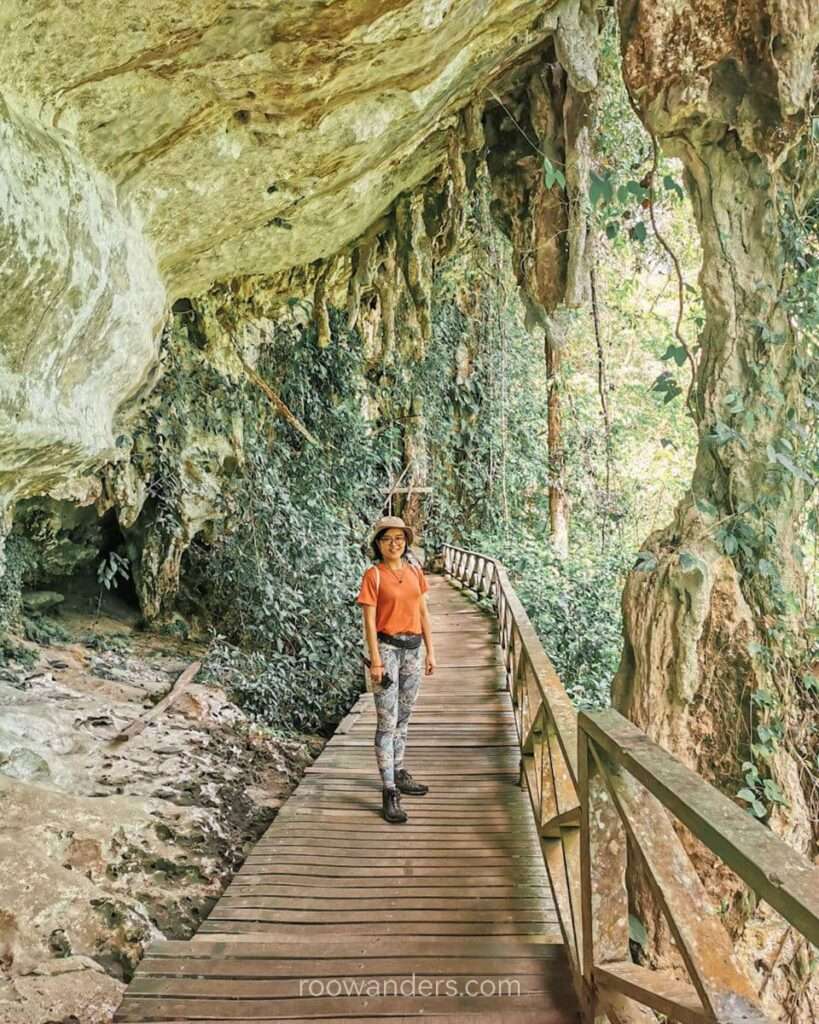
Walking on these combed paths surrounded by the lush primary tropical forest and cacophony of natural sounds somewhat transported me back to MacRitchie Reservoir in Singapore, except you get less human traffic and more brightly-coloured millipedes.
Trader’s Cave
The first cave to the Great Cave welcomed us at the end of the tropical forest plank walk.
Unlike the handful of caves I was blessed to visit, this cave had many supporting wooden beams in the first half of its cavity, lending the space an eerie and dangerous vibe.
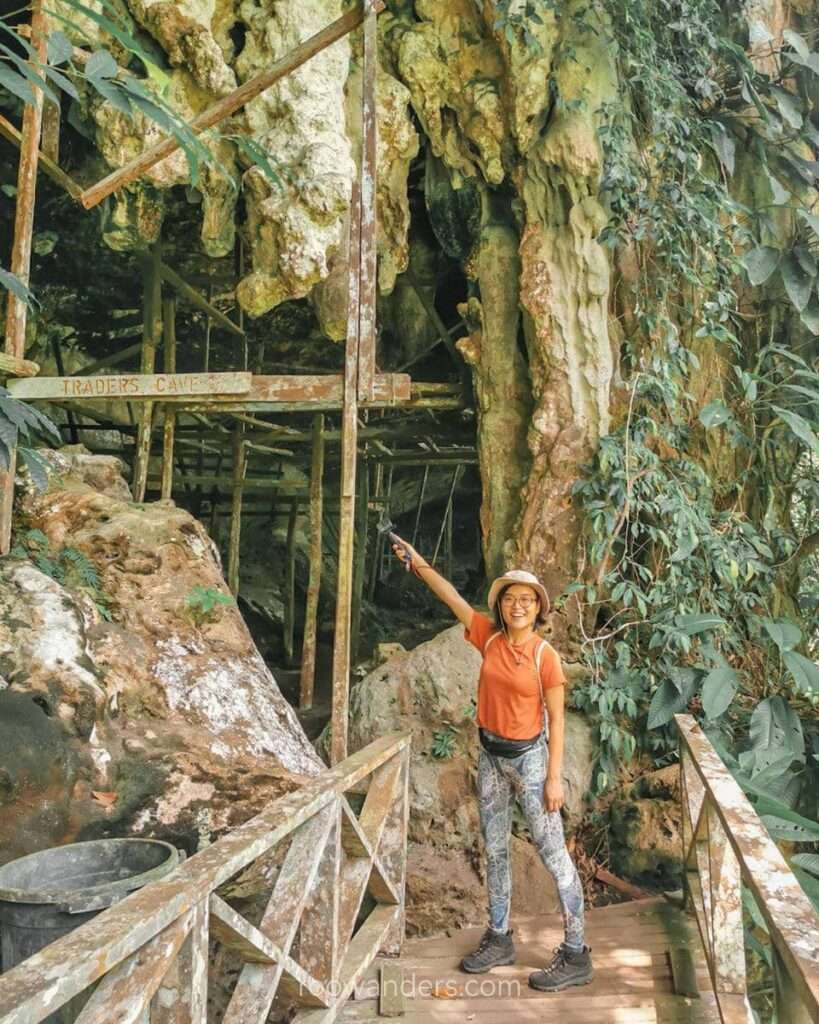
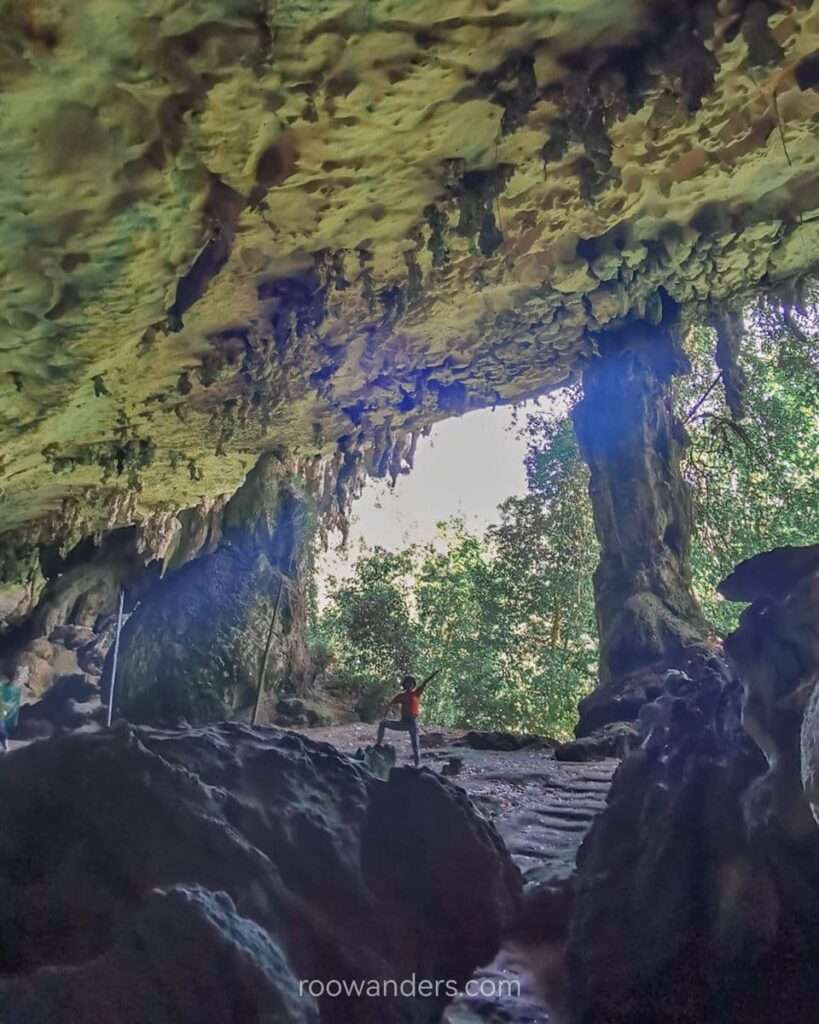
Unlike the handful of caves I was blessed to visit, this cave had many supporting wooden beams in the first half of its cavity, lending the space an eerie and dangerous vibe.
In reality, the Trader’s Cave is more of an extended rock overhang than a true-blue cave, and the beams were supposedly the support of the roofless huts of traders back then.
The wooden supports remain to this day as they are made from Bornean Ironwood, an extremely dense and hard wood that sinks in water.
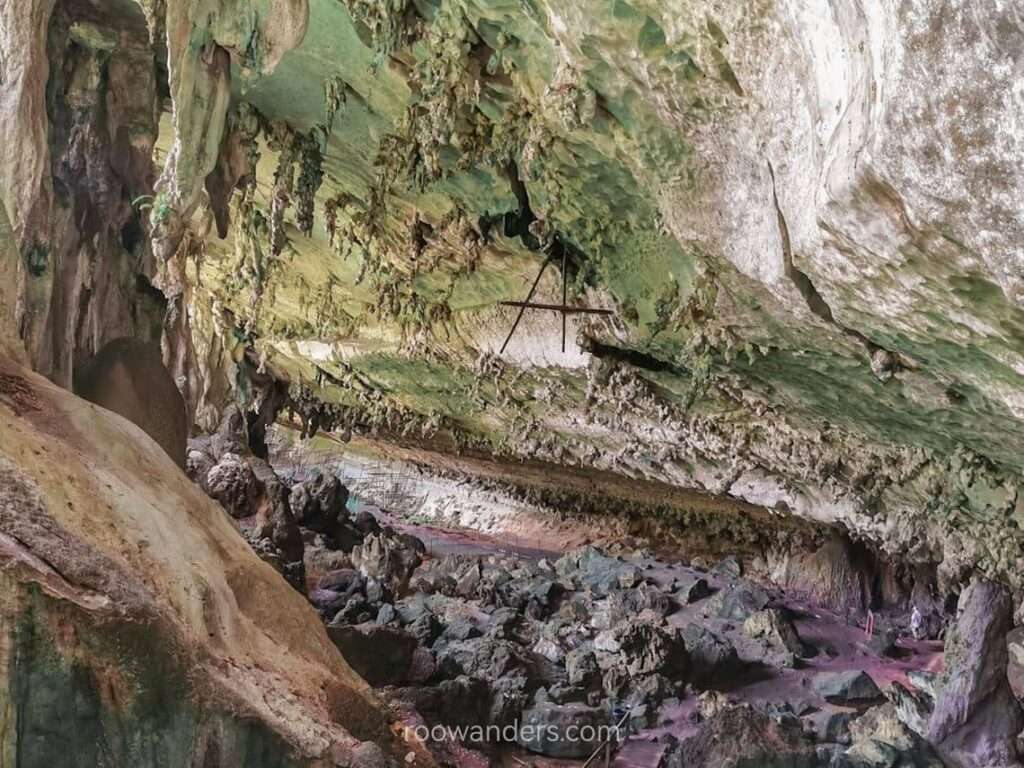
The Trader’s Cave is, as its name suggests, a place where bird-nest traders/ collectors used to live in days gone. These collectors bartered raw birdnest for groceries in their roofless huts.
Evidence of prehistoric human settlement has also been found in this cave, and we saw a cordoned excavation site at the centre of the cave.
If you have not done your homework like my travel buddy, this cave would exceed your expectations. But since you are reading this, I guess it isn’t anymore. Cave researchers enjoyed documenting this cave for its extraordinary karst features and morphology.
Our next cave – the Great Cave – was even better.
Great Cave
A couple of minutes out of the Trader’s Cave over wooden steps led us into the West Mouth of the Great Cave.
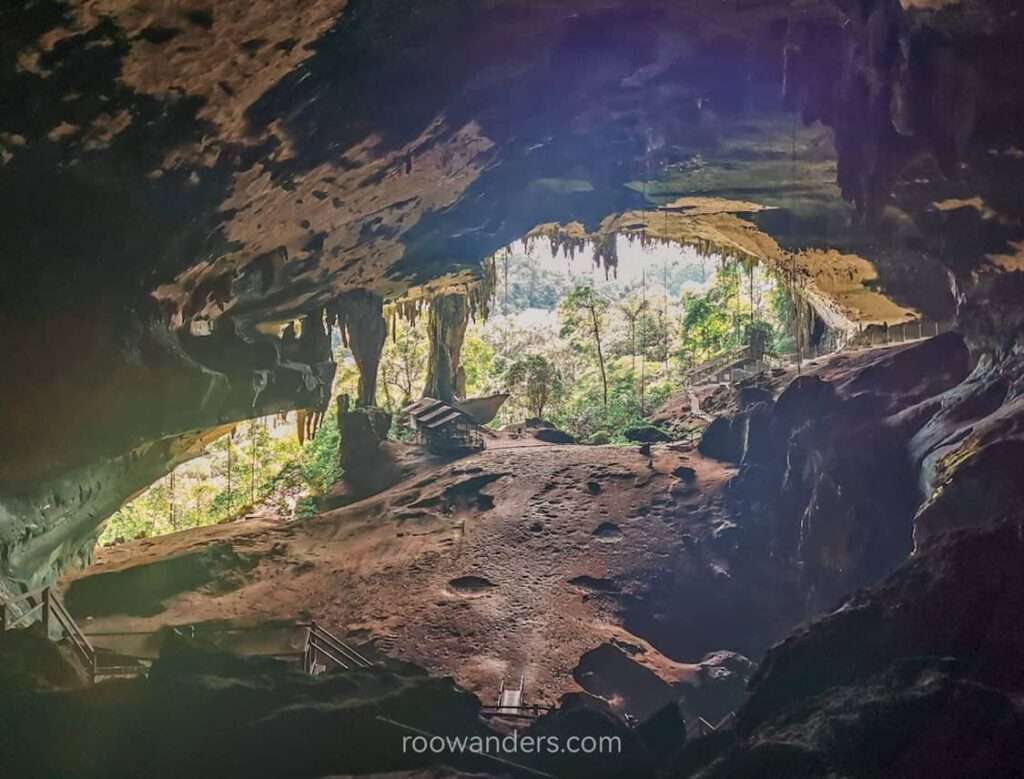
At 60 m high and 250 m wide, its dramatic entrance puts it high up on my amateur list of impressive caves – as with the Waitomo Caves in New Zealand and the Lumiang-Sumaguing Caves in the Philippines. I later visited the largest cave in the world, Hang Son Doong in Vietnam.
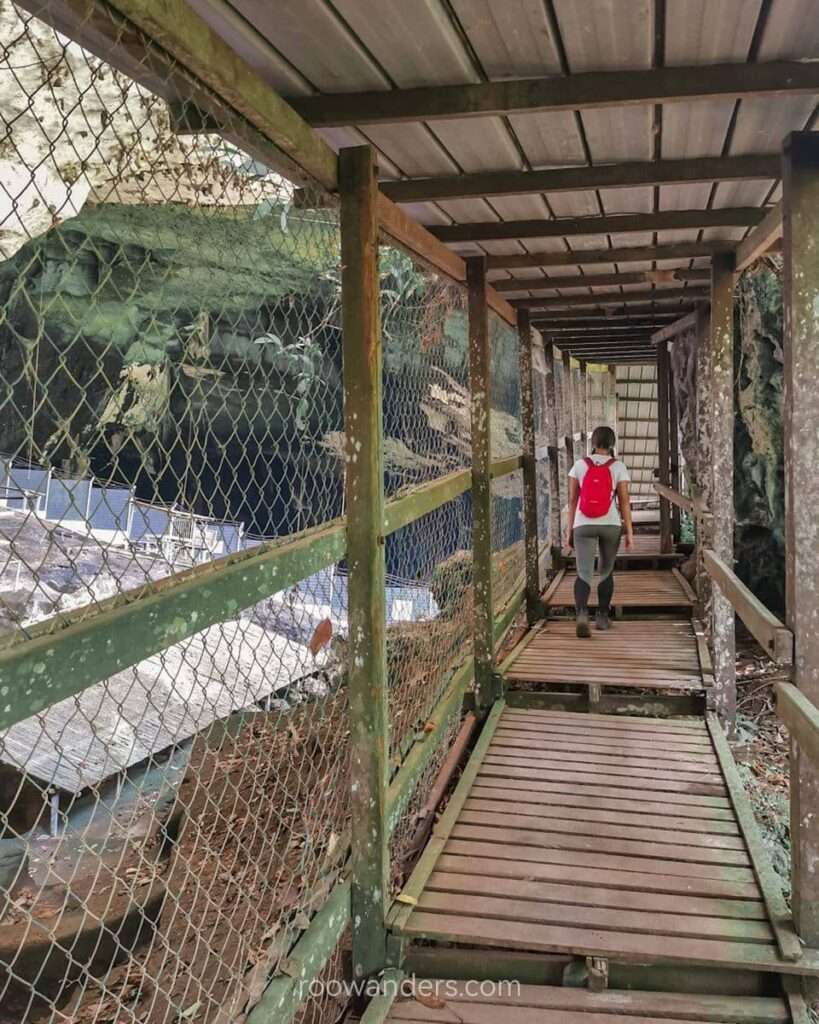
As we walked into its humongous cavity, a portion of the cave to our left was cordoned off for archaeological excavations. This was where researchers first located the oldest human remains in Southeast Asia (SEA), dated more than 40,000 years ago. More reading material about early human fossils in SEA here for your curious perusal.
Within the huge chamber was a replica of Tom Harrisson’s House. Tom and his wife Barbara were the first excavators and the people who discovered the Deep Skull of Niah.
The house, combined with the lack of visitors and the overall ambience, lent it an extremely eerie vibe. Who knows what you may find in the house!
Guano or bats’ poop coated the grounds, colouring the stairs and cave floor a deep brown and an impression that it is slippery. Perched high above us were swiftlets darting in and out of their nests, and colonies of resting bats. Their noises heightened nearing sunset when we rerouted back to the Great Cave.
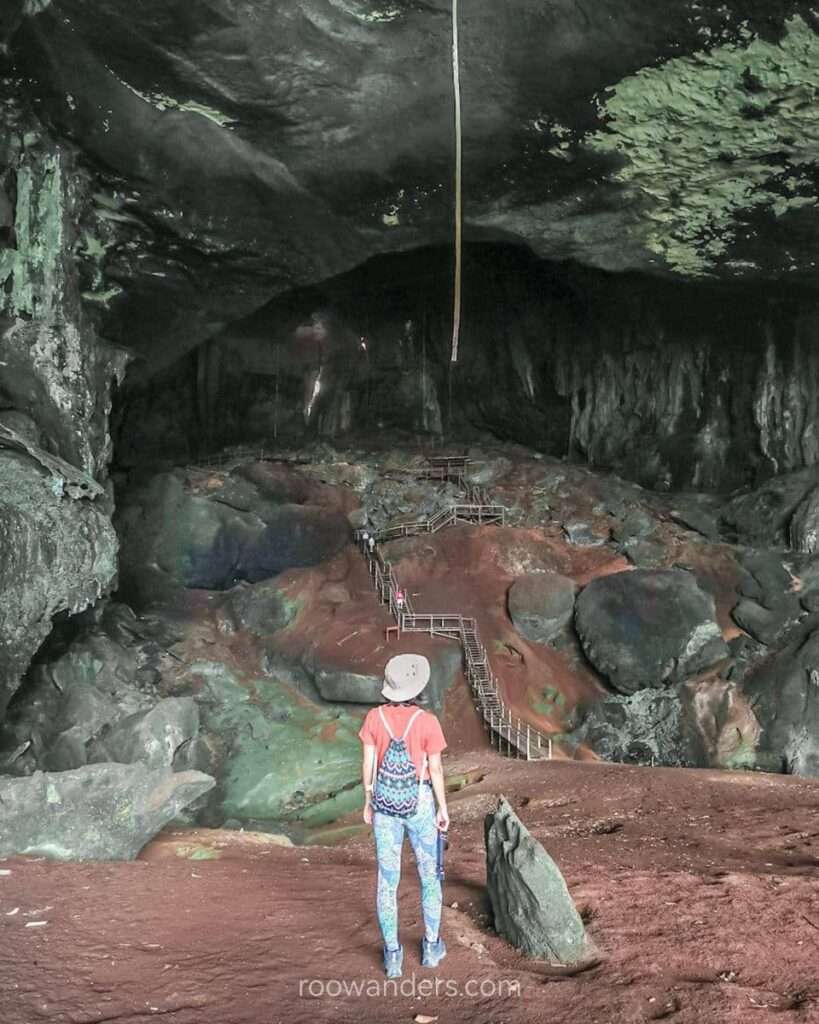
If no one’s around, try whistling or hollering into the Great Cave – it makes for some great echolocation.
Moon Cave
As we climbed the guano-covered steps deep into the Great Cave, we encountered several pretty spots for photo-taking. I like to think that the 30-minute delay we faced at the start of our trip led to this timely shot where shafts of the late afternoon sunlight streamed in from a large gaping hole above. That opportunity lasted for a mere 10 minutes. We saw something similar while we were at the Golden Crab’s Cave in Vang Vieng, Laos.
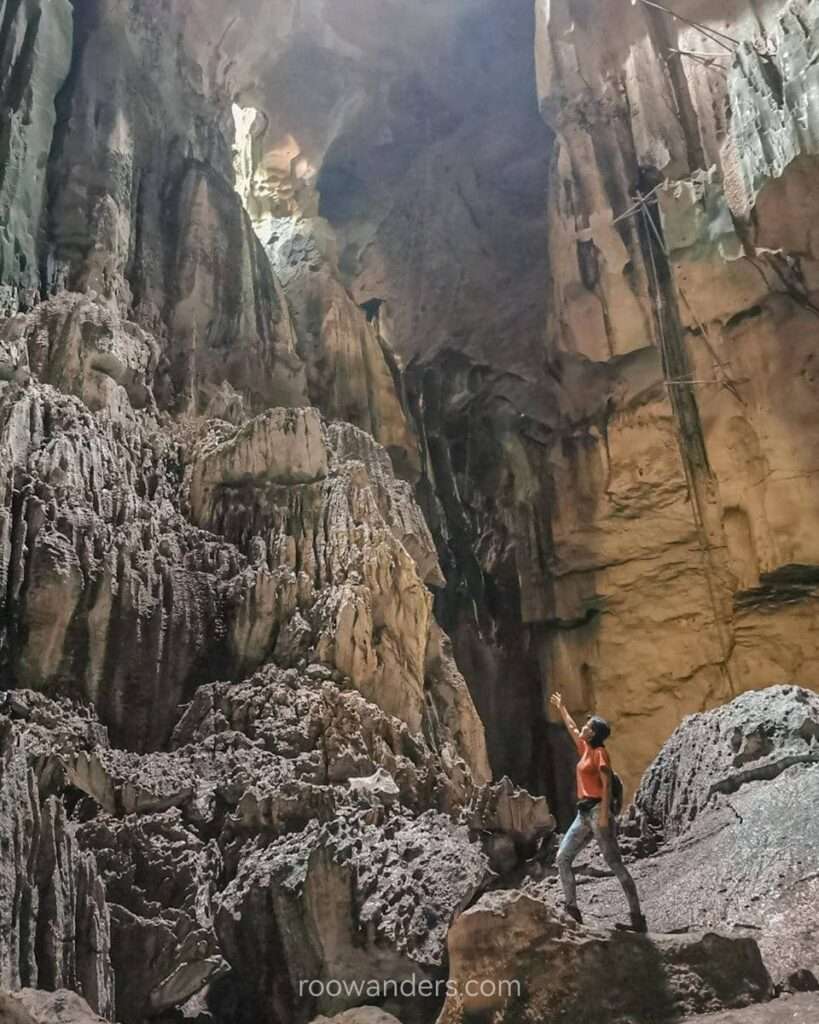
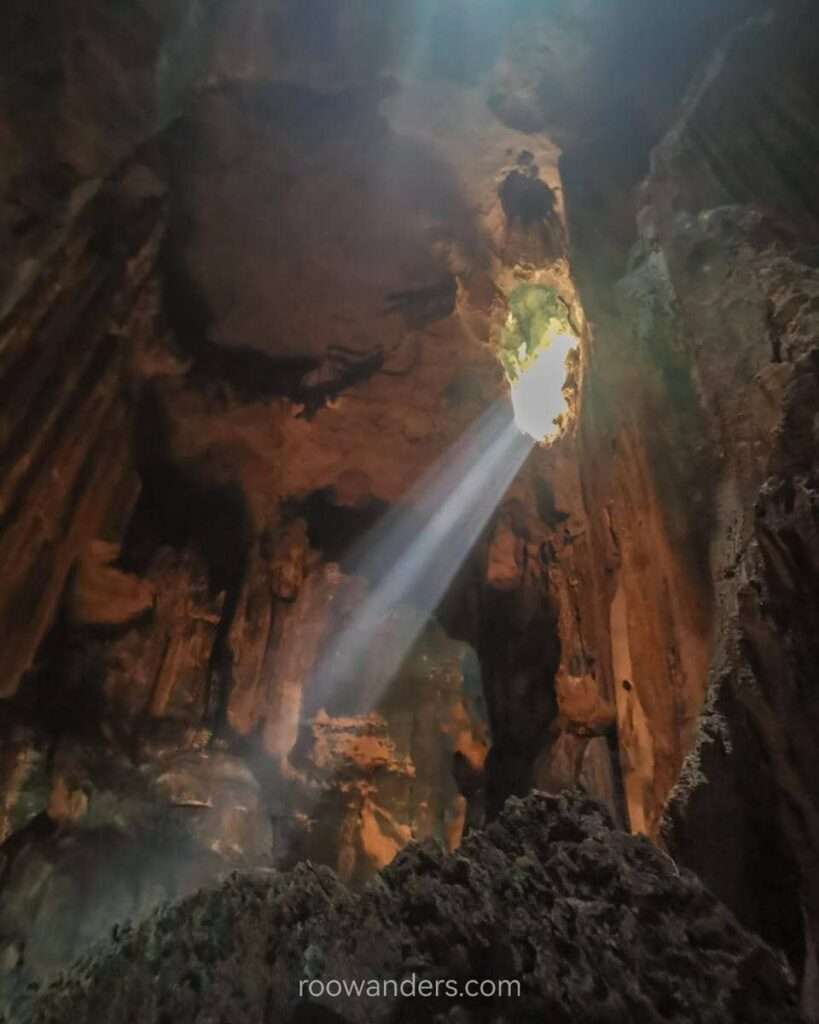
Torchlights or headlamps were critical beyond the Dark Zone, as highlighted by a sign somewhere along the way.
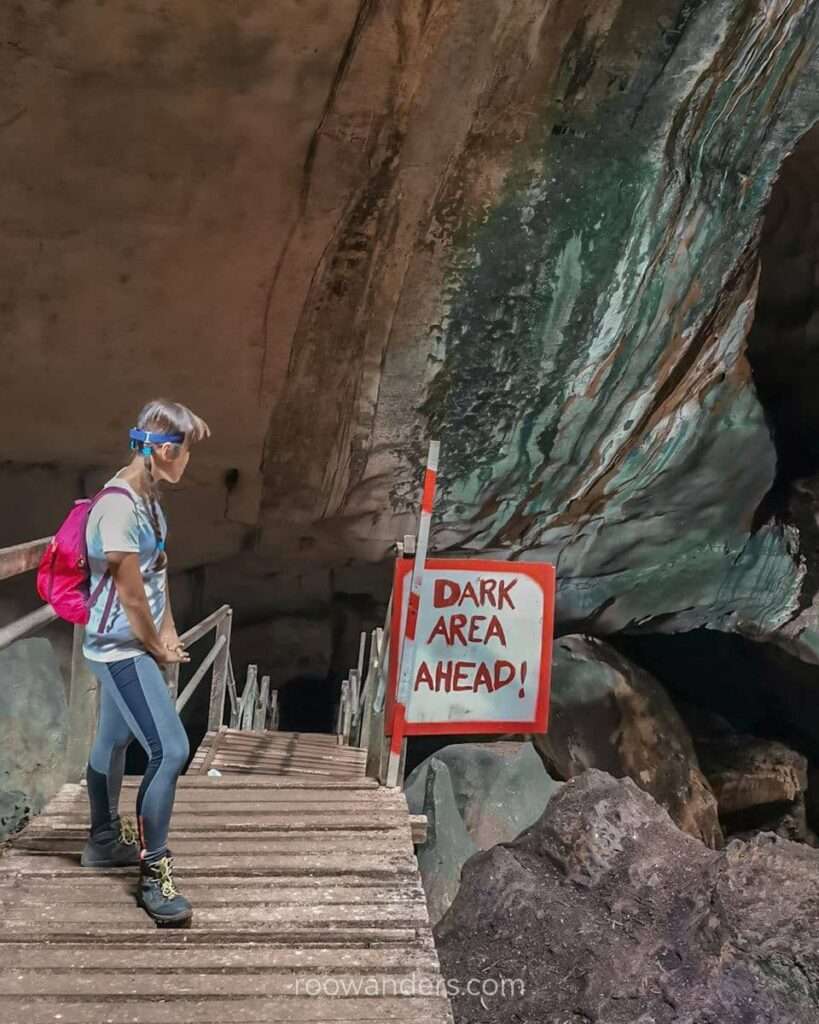
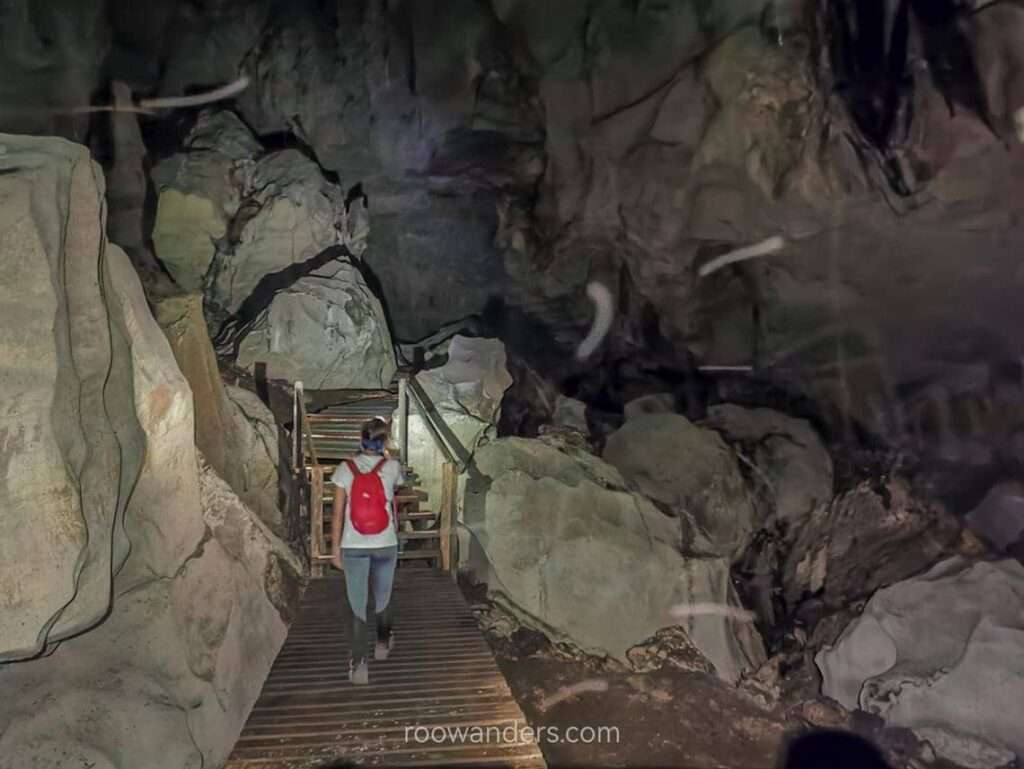
Expect to see lots of large but shy cave crickets in this portion of the cave, as with a smattering of tiny flying insects that like to smash themselves on my headlamp and hence my face.
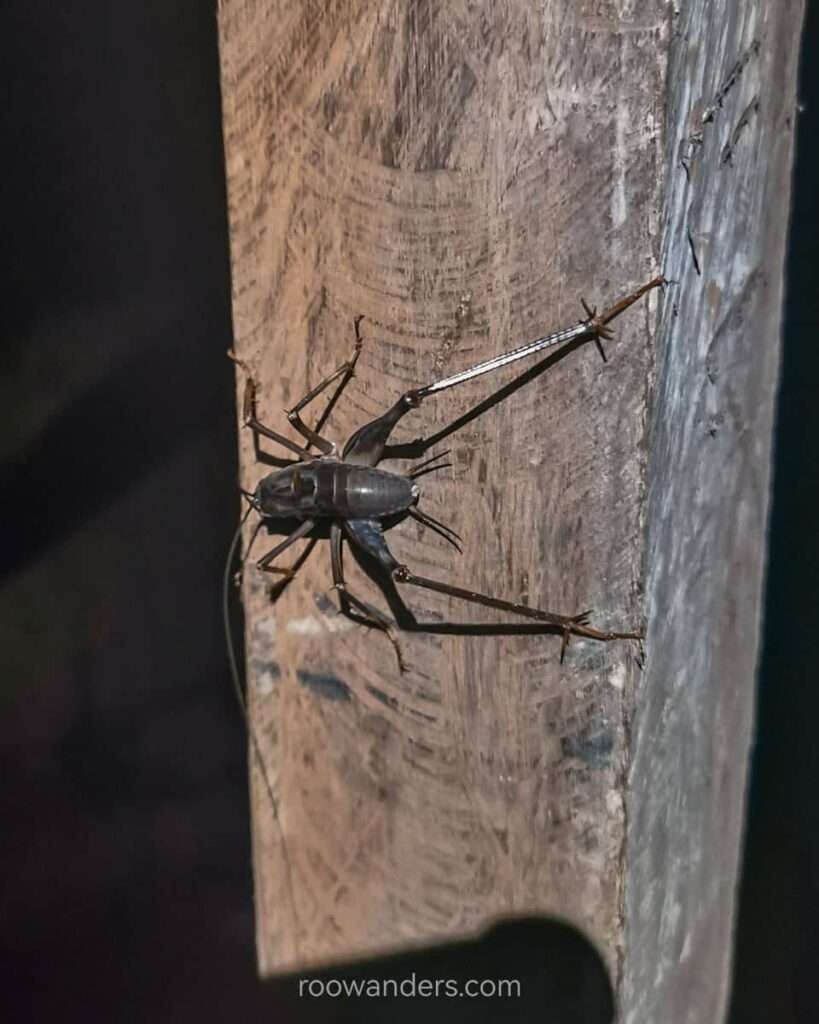
Painted Cave
We exited the Moon Cave and crossed another gate and set of boardwalks towards the Painted Cave.
I found myself underwhelmed by the cave paintings. Blame it on the previous caves.
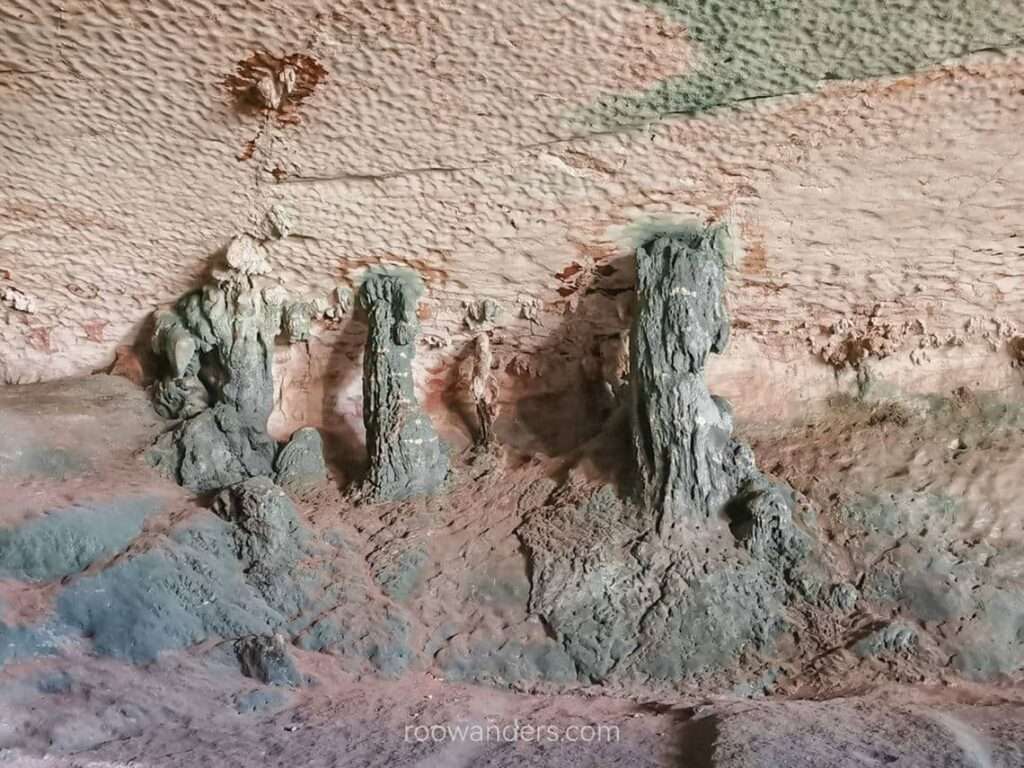
The painted portion of the cave was fenced up, and we had a hard time searching for the paints. Had it not been for my Huawei phone or the cobwebbed educational posters behind the fences, I would have thought the 1,200-year-old paintings non-existent. They were so faint! You can see the photos here in a research paper.
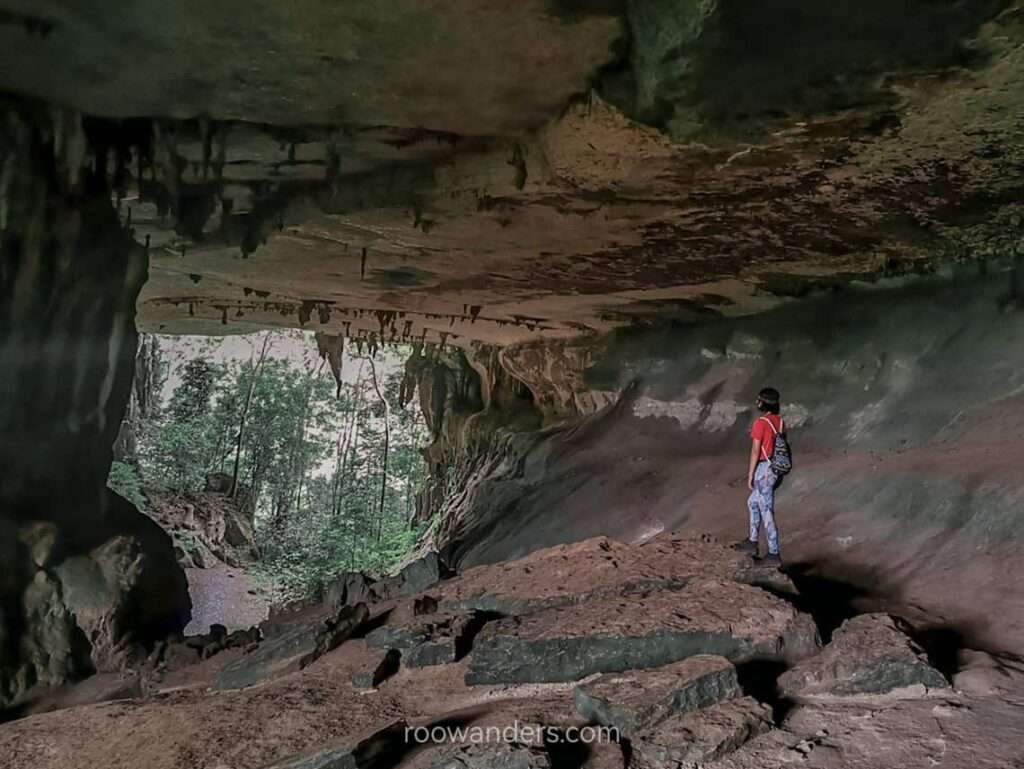
Back
It was almost 4 pm by the time we reached the Painted Cave. We retraced the same way back to the carpark in under an hour to a hot car.
Conclusion/ Rambles
Gua Niah ought to be on your list if you are in Miri and heading to Mulu. Schedule this day trip, preferably before your journey to Mulu National Park to reduce an overdose of caves.
The caves I have visited in Miri and Mulu exhibit different characters. While the caves in Mulu are no doubt impressive, visiting Gua Niah sits differently as this is the only cave you could visit without a guide. Caves in Mulu are much more patronised than Gua Niah and thus have additional light installations and groomed paths, which took away a huge chunk of the sense of adventure.
The overall experience of a self-guided trip in Gua Niah made for an especially memorable journey.
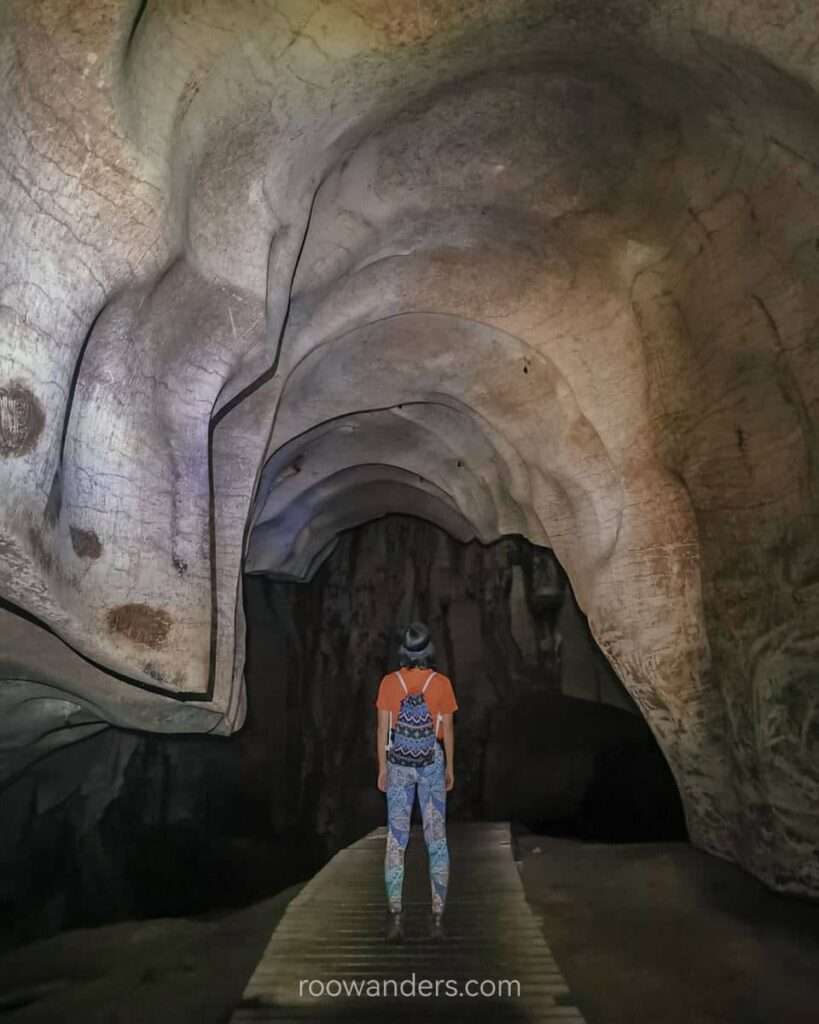
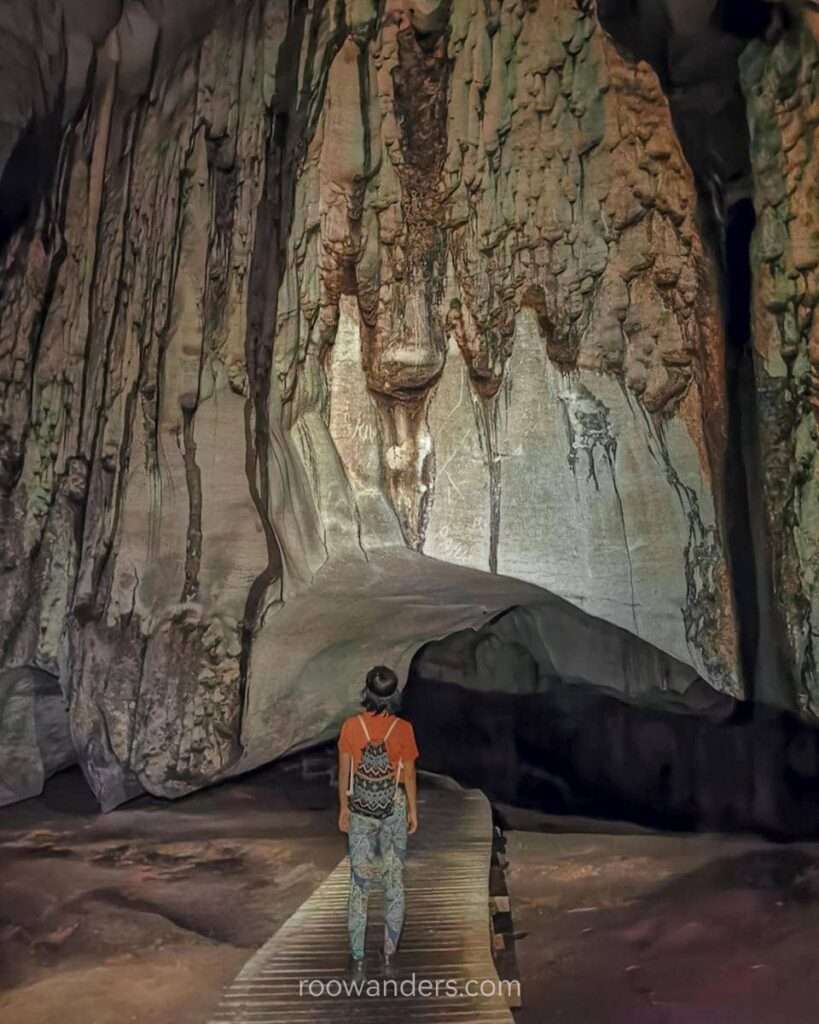
Additional Tips
- Set your locations well. Make sure your destination is Gua Niah and not Niah National Park if you are self-driving.
- Lights up for the caves. Headlamps or torches for the dark areas.
- Visit in the afternoon. Smaller crowds. Read this for our Miri x Mulu itinerary planning!
- Bring hydration. It is a half-day tour and the park is humid.
- Identification card/ passport. You’d need this for the tickets.
- Wear sturdy shoes. The boardwalk, steps and cave floor may be slippery. I wore my Merrell hiking shoes as we planned to hike the Mulu Pinnacles.
